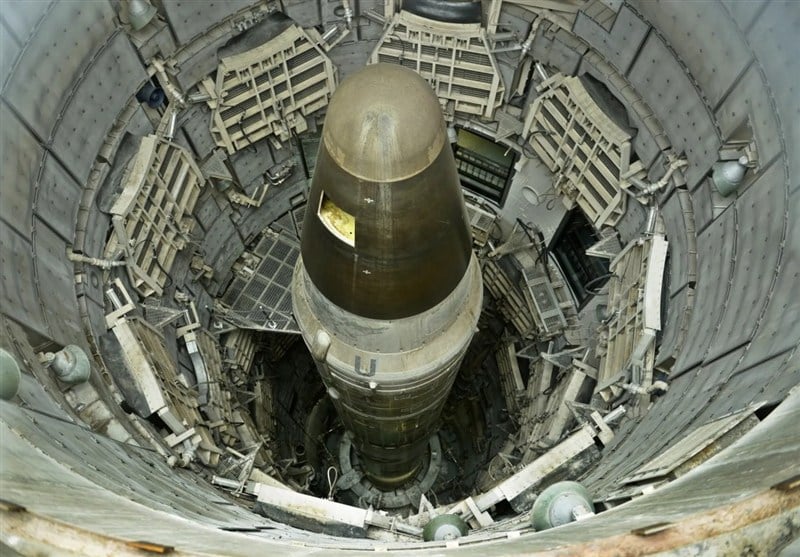80 years after Hiroshima, America remains the world’s number one nuclear threat.
The 80th anniversary of the atomic bombings of Hiroshima and Nagasaki on August 6 and 9, 1945, which killed more than 110,000 people instantly and hundreds of thousands more from radiation-related injuries and illnesses in the aftermath, has once again focused the world’s attention on the continuing threat of nuclear weapons.
These bombings were the only uses of nuclear weapons in warfare and were carried out by the United States. Eight decades later, evidence shows that the United States remains the world’s number one nuclear threat, and its escalating nuclear policies, including the modernization of its nuclear arsenal and aggressive actions against other countries, endanger world peace.
Hiroshima and Nagasaki bombings
On August 6, 1945, the 15-kiloton “Little Boy” atomic bomb was dropped on Hiroshima by a US B-29 bomber, killing an estimated 140,000 people by the end of the year. Three days later, the “Fat Man” bomb was dropped on Nagasaki, killing an estimated 74,000. The attacks, which the US claimed were carried out to hasten the end of World War II, have sparked widespread debate about their moral and strategic justification.
The US has tried to justify this atrocity in its official narrative, claiming that the bombs prevented millions of deaths by ending World War II; but many analysts, including former US officials and survivors of the nuclear bombings, reject this justification, calling it a “pleasant illusion.”
Threat number one
Today, the United States, with about 5,428 nuclear warheads, together with Russia, has about 90% of the world’s nuclear arsenal. The largest American nuclear weapon, with a yield of 1.2 megatons, is 80 times more powerful than the Hiroshima bomb and can instantly destroy millions of people in a large city.
In 2024, the United States intensified its nuclear modernization programs, investing billions of dollars in upgrading existing weapons and developing new versions. These actions, according to Hans Christensen, indicate “a clear trend of increasing nuclear arsenals and sharpening nuclear rhetoric.”
For example, the “Nuclear Posture Review” (NPR) document, in various versions, allows the United States to use its nuclear arsenal if its vital interests are threatened, even against an adversary that does not have nuclear weapons.

